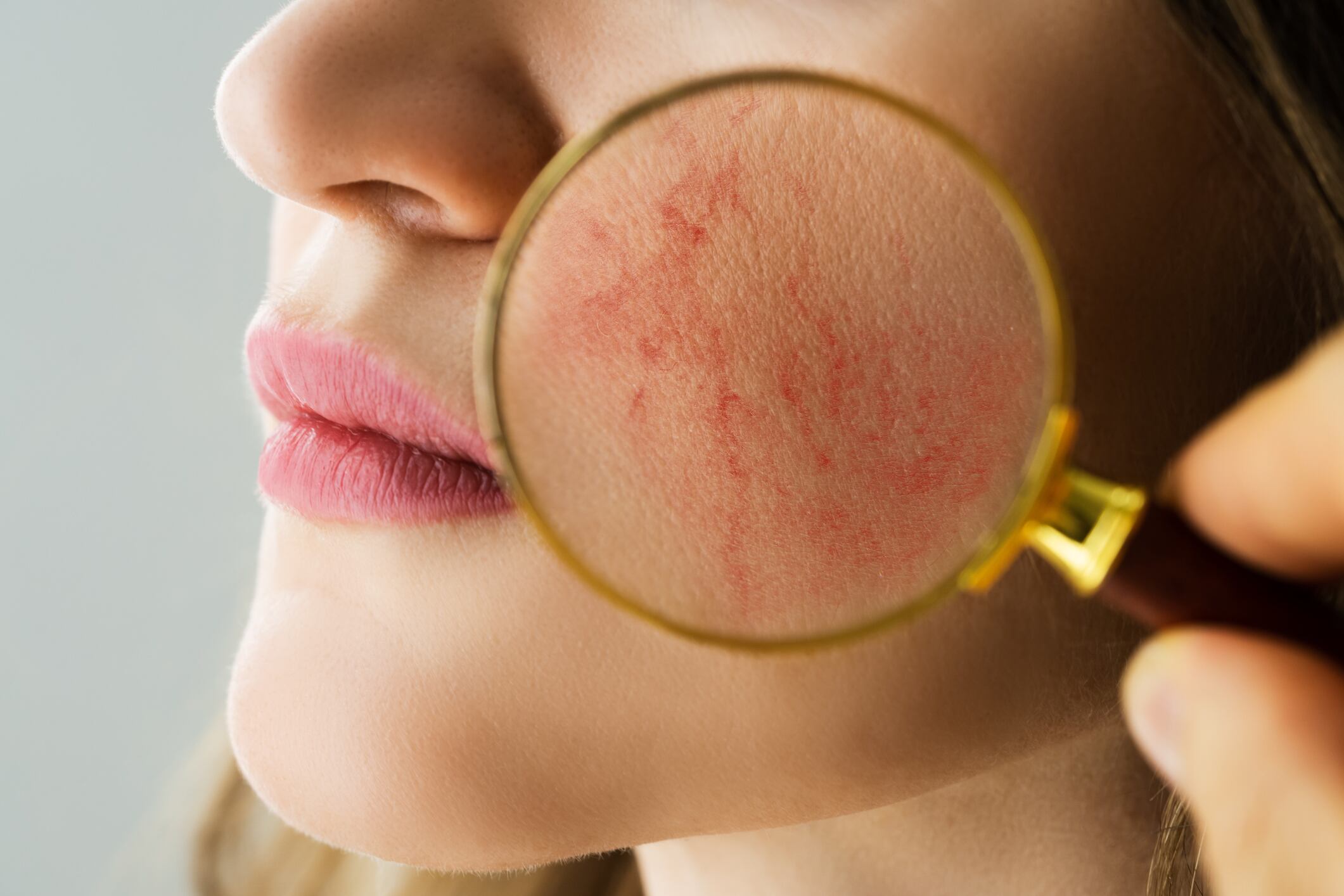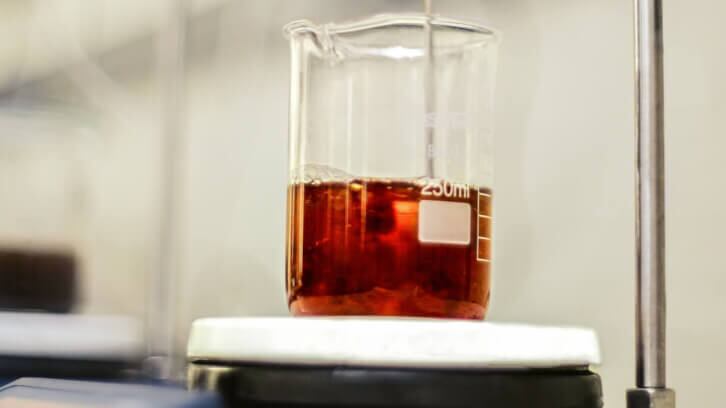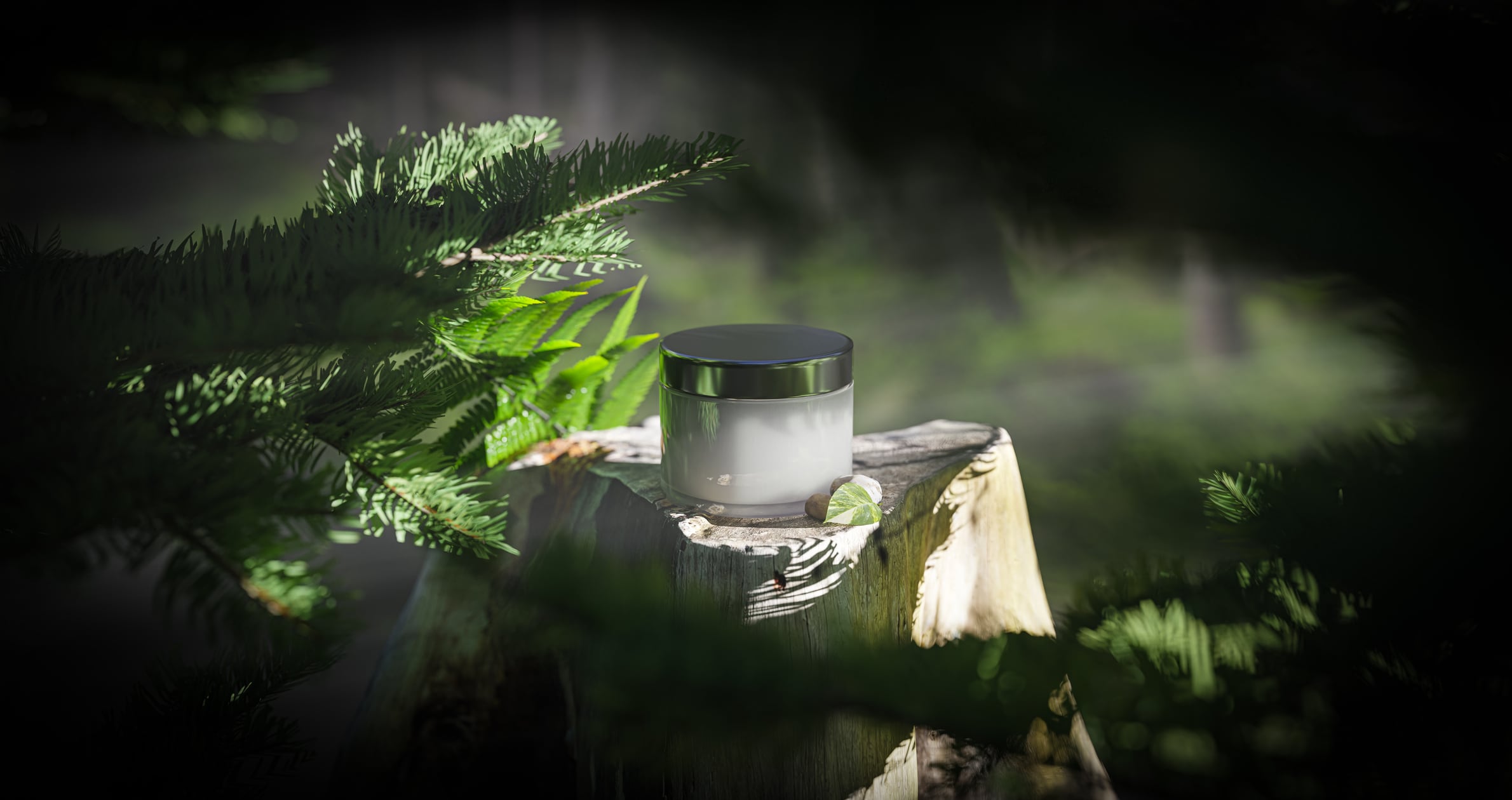It appears that skin issues that cause facial redness and flushing are on the rise. In 2023, a survey of UK medical professionals by the British Skin Foundation – a charity that funds skin research – found that 86% of respondents had noted an increase in patients that reported skin problems like rosacea, acne, eczema and psoriasis in the last five years.
When it comes to skin redness, rosacea is an increasingly common culprit. The chronic inflammatory skin disorder is characterised by facial flushing, persistent erythema, inflammatory papules, telangiectasias, phymatous changes, and ocular symptoms.
The skin disease is still not fully understood, but it’s known that it appears to stem from a complicated interplay between innate and adaptive immune system dysregulation, neurovascular dysfunction, and genetic and environmental factors.
While UV exposure, local inflammation responses to skin microorganisms (Demodex mites), temperature changes, food or ingredient intolerances, and stressors are all considered to worsen the condition.
We’ve outlined three recent areas of research that have centred around treating facial redness.
Ocean bioactive from sustainably sourced seaweed
New clinical tests have shown that a skin care cream formulated with a high-purity (80%) marine bioactive derived from sustainably sourced seaweed reduced erythema (skin redness) by up to 96% when used in an active concentration of 1%, once a day for 14 days.
The sustainably farmed seaweed processing company Oceanium, said it had clinically tested its next-gen, marine bioactive, Ocean Actives Fucoidan on human skin and that the water-soluble ingredient had been specifically developed for inclusion in skin care and sun care formulations.
According to co-founder & CTO Dr Charlie Bavington, the ingredient “represents a significant step forward in our mission to provide efficacious, functional, and clean-label ingredients extracted from farmed seaweed, an incredible raw material.”
Fucoidan is a naturally occurring sulphated polysaccharide found in brown seaweed that protects the plant from the harsh ocean environment. Using a proprietary water-based, green processing methods, Oceanium extracts the ingredient from Saccharina latissima (sugar kelp) sourced from regenerative seaweed farms.
The company said the results also demonstrated:
• 92% reduction of UV-induced redness (erythema) at day 11 compared to non-treated skin (50%).
• Reduced redness over 2.5 times faster than non-treated UV damaged skin.
Oceanium also claims that in vitro tests showed it inhibited elastase activity by up to 77%; and showed high antioxidant activity compared to leading plant-based ingredients such as goji berry and pomegranate to protect the skin from everyday pollutants and free radicals.
JAK inhibitors could prove effective for treatment of rosacea
A recent study from Italian researchers focused on the skin disease rosacea, which often presents as facial skin redness, along with variety of other symptoms.
It stated that in addition to commonly used topical and systemic therapies as well as physical approaches, “new evidence is slowly emerging on the therapeutic potential of novel agents, such as monoclonal antibodies or oral small molecules – JAK inhibitors (immune modulating medication) in rosacea.”
The researchers continued: “given the complex pathogenesis and the role of JAK/STAT in this disease, there is a rationale as to why JAK inhibitors could theoretically prove effective for the treatment of rosacea, as has already happened in psoriasis, atopic dermatitis, and vitiligo.”
However, the team clearly added that available data on the efficacy and safety of these novel therapeutic approaches is still difficult to come by and concluded that “further clinical and translational research, as well as further clinical studies on novel or existing therapeutic agents for rosacea, should be encouraged.”
Microencapsulated benzoyl peroxide cream that alters skin microbiota
Research led by Dr Hilary Baldwin MD of New York’s Acne Treatment and Research Center, which was published on clinical news site HCPLive, assessed an encapsulated form of benzoyl peroxide that was designed to “extend drug delivery time and potently reduce the potential for irritation”.
The formula was viewed as a potential improvement to the traditional use of benzoyl peroxide, which has not generally been considered for rosacea as it can cause skin dryness and peeling.
The novel formulation of benzoyl peroxide consisted of amorphous silica forms interconnected among colloidal particles until a rigid network of gel is formed with submicron-dimensioned pores. Researchers said that silica shells controlled the release rate of benzoyl peroxide onto the skin, which allowed the therapeutic effect “while minimising side effects and optimising tolerability.”
A 40-week extension trial showed more than 95% of patients receiving the benzoyl peroxide formulation reported mild to no adverse events and 67.2% of patients achieved an Investigators Global Assessment (IGA) score of 0 or 1 – indicating clear or almost-clear skin.
Investigators concluded that: “Microencapsulated benzoyl peroxide effectively reduced inflammatory rosacea lesions with good tolerability and safety.”





